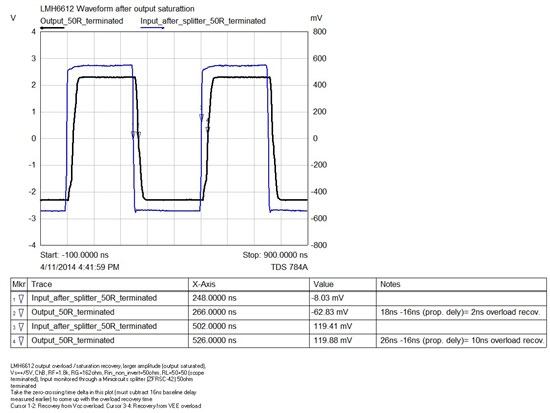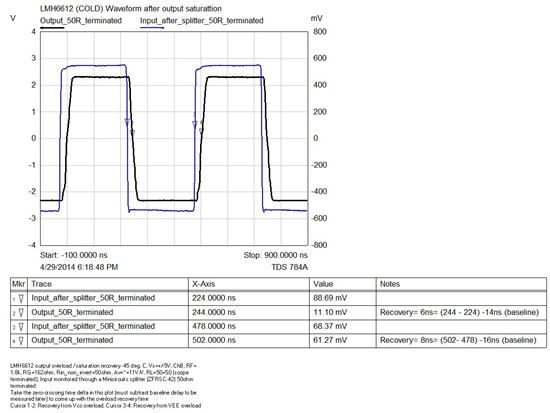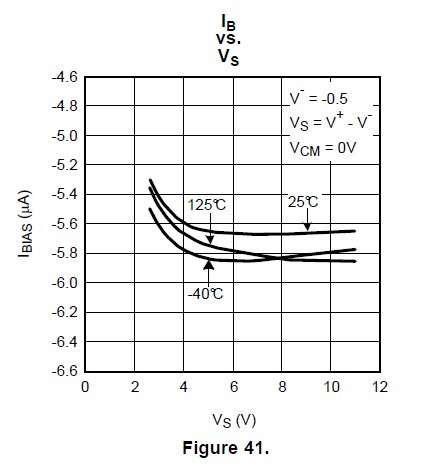Dear Specialists
My customer has a question for LMH6612.
Could you please let me know.
He wants to know about the phenomenon at overload.
When the input voltage is higher, the output is satulated.
(For example the gain is 10, it is easy to satulate.)
(1)If the output is satulated, how does the amplifier work?
For instance, only THD increase or polality change or another.
(2)How long is the overload recovery?
It is not described at datasheet.
Best regards,











